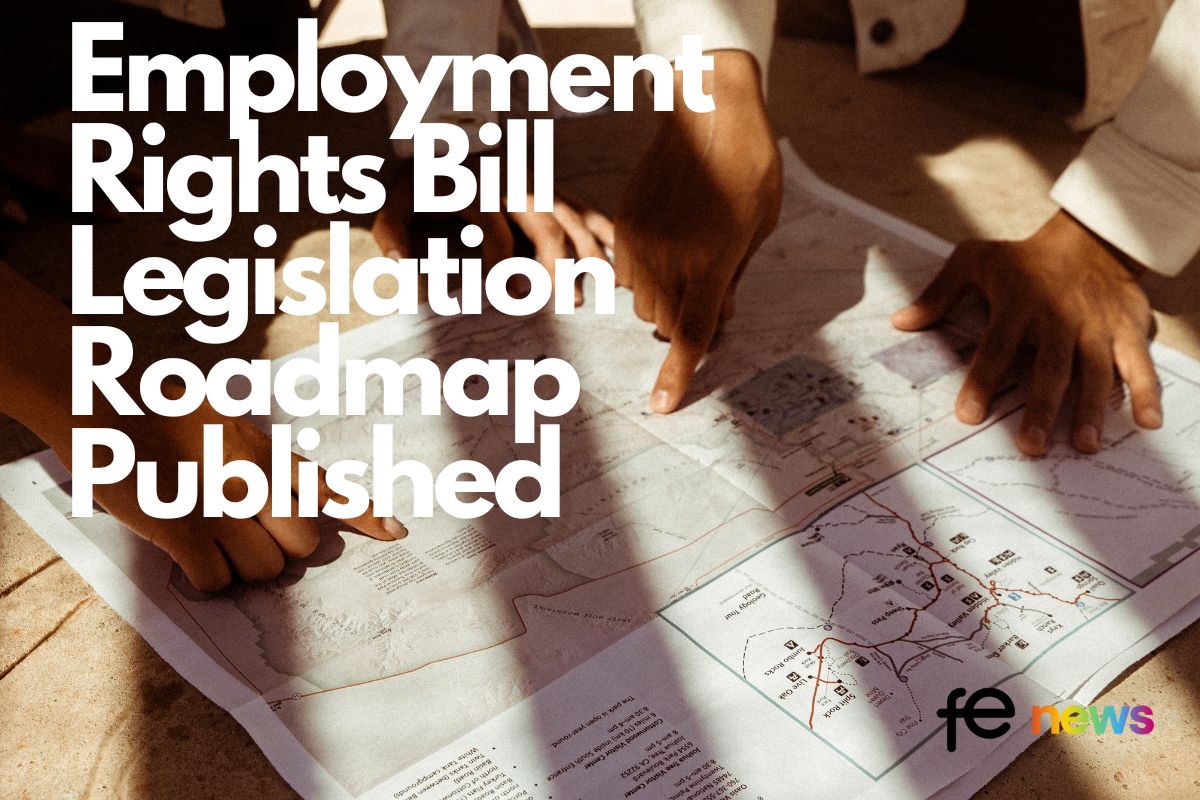Will technology reverse the fortunes of the Apprenticeship levy?

From January the digital apprenticeship service opens up creating a marketplace for employers and enabling organisations to choose training providers, advertise vacancies and select an assessment organisation. The digital apprenticeship service has been described as the “Amazon of apprenticeships”, bombarding organisations with choice.
There has been a great deal of focus recently on how the Apprenticeship Levy will be paid and who the end point assessor (EPA) is or isn’t going to be, and whilst these are both important issues, ultimately it will be the quality of the learning provision and how well the learner journey is supported through effective formative assessment that will set the apprenticeships apart. There has been little thought given to the logistics of how to fulfill the requirements of training all the additional learners that are entering the market, and what can be done to support apprentices through assessments during the course.
Regardless of the chosen EPA, it will be critical to support the learner journey and thus track the progression of the learner throughout the course. Without a clear way of tracking whether they are ready for the end point assessment, there is a risk of either sending them prematurely or making them wait when they are ready, wasting time and money in both instances.
Organisations can avoid this by using Evidence Based Assessment (EBA) in apprenticeships: a highly effective and transparent formative assessment method as opposed to a traditional, purely summative approach. This means demonstrable learner progress can be monitored in real time throughout the apprenticeship, collecting valuable evidence and feedback for both the apprentice and the learning provider to intervene and improve the teaching and learning on an individual basis.
Embracing the use of technology to provide such assessments will be critical in order to make apprenticeships a success. Furthermore, technology provides a scalable, cost effective mechanism for fully engaging learners in the assessment process. Traditional portfolio-based assessment involves the assessor looking at a list of competencies against evidence of the learner’s work. This requires assessors to gather information from candidates themselves in a very labour-intensive and time-consuming manner. The apprentice has little or no interaction with it, and therefore no motivation to be involved as it is so dry and boring.
The solution is bringing E-portfolios up-to-date and in line with new, already available assessment technology, such as the features offered by Digital Assess, which allow the learner to take control of the portfolio themselves, building reflective records of what they’ve achieved, and becoming more engaged in the learning process. Using approaches similar to social media, such as blogging and newsfeeds to showcase and facilitate collaboration, with the ability to link mobile devices to the portfolio, allows the apprentice to take ownership of their learning and achievements.
Many of the apprenticeships will be workplace based rather than in a classroom. Hairdressing is one example – chains with salons across the country may have one apprentice each, and the assessor needs to be able to constantly monitor the learner’s progression.
In these salons, the apprentice will have professionals on hand to question, but no contact with learners at the same level. Utilising advanced E-portfolio technology will give helpful opportunities for the apprentices in a peer assessment group to collaborate and share ideas with each other, even if one is in Newcastle and one in Cardiff.
Beyond the apprenticeship, the employee can continue to use this as part of Continuous Professional Development. Using this technology as part of a learning process that gives back to the apprentice – assessment as something they are involved in, rather than something that is done to them – instills assessment as an evolutionary learning process overall. Once engaged, it will stick through a whole career, creating a generation of lifelong learners.
Organisations must see the levy as an opportunity to galvanise their desire to provide staff with better training and support, as it allows them to introduce a more formal and supportive training programme. Learners need to be supported through EBA and a formative assessment approach throughout the whole apprenticeship, understanding where the learners are, their needs, how they are progressing and ensuring they are fully engaged so they will stay the course.
The opportunities in technology will only play an important part in this journey if we make the most of it, and for the most enlightened employers, the Apprenticeship Levy could be the catalyst for these changes and deliver significant return on the investment companies make in training provision through apprenticeships and beyond.
Matt Wingfield, Chief Business Development Officer, Digital Assess











Responses